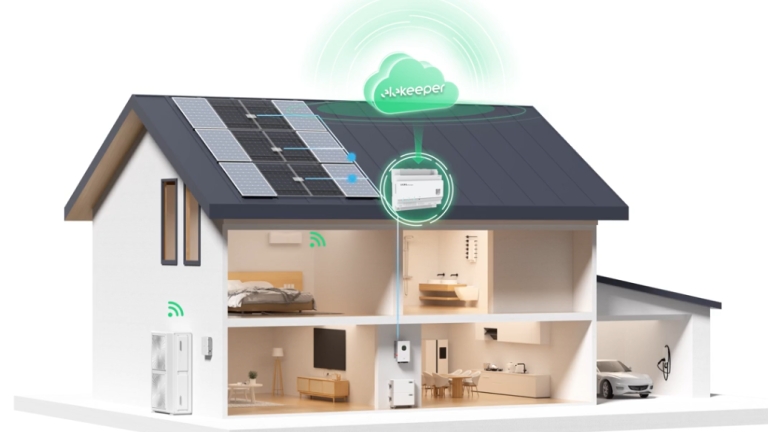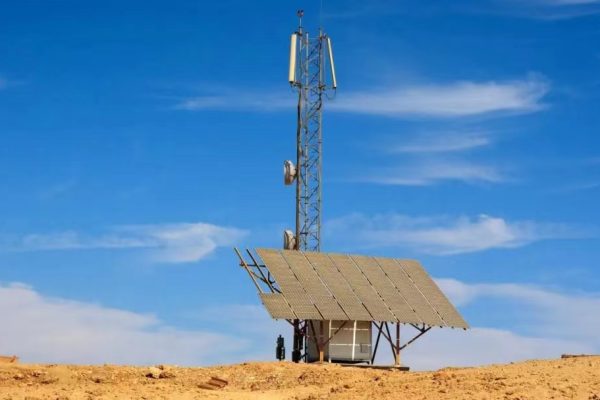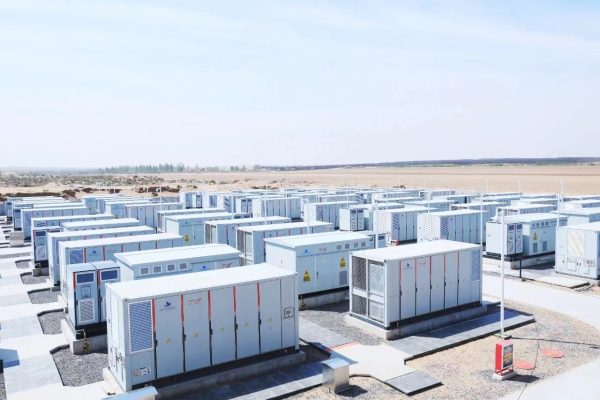🔍 Introduction: Battery-Inverter Matching Matters More Than You Think
In any solar-plus-storage system, the hybrid inverter acts as the brain, and the battery pack is the heart. But just like the human body, these two components need to be perfectly compatible to deliver long-lasting performance and reliability.
Incorrect matching can lead to:
- Underperformance or frequent shutdowns
- Reduced battery lifespan
- Energy losses and system inefficiencies
- Even warranty voids
For installers, distributors, and technical decision-makers in small and medium-sized energy projects, understanding how to correctly match a battery pack with a hybrid inverter is essential for delivering a stable and trusted system.
Let’s break down the key parameters, technical logic, and selection tips to help you make the right decision every time.
⚙️ What Is a Hybrid Inverter?
A hybrid inverter is designed to:
- Convert DC (from solar panels and batteries) to AC (for grid or local loads)
- Manage energy flows between solar, battery, grid, and load
- Enable backup functionality during grid outages
- Support time-of-use optimization
The inverter’s performance is heavily dependent on the battery it connects to — especially in residential or small C&I projects.
📌 Related reading: How to Choose a Hybrid Inverter for Small-Scale PV Projects
🔋 Key Battery Parameters to Match
1. Battery Voltage Range
- Every hybrid inverter supports a specific DC voltage window, such as 100–550V or 48–60V.
- The battery system must stay within this window to function correctly.
- Connecting a battery pack outside the supported range can cause:
- No startup
- System faults
- Long-term damage to internal components
✅ Pro Tip: Always cross-check the inverter’s minimum and maximum battery input voltage against your battery pack’s nominal and full voltage range.
2. Battery Chemistry and Communication Protocol
- Most hybrid inverters are now optimized for Lithium Iron Phosphate (LFP) or NMC battery chemistries.
- The inverter must “speak” the same communication protocol as the BMS (battery management system).
- Common communication standards:
- RS485
- CAN
- Modbus
- Many inverters offer preloaded BMS protocols for well-known brands (e.g., BYD, Pylontech, CATL, etc.).
🧠 Key Insight: If your battery is not on the approved list, the inverter may work only in voltage-controlled mode — which is less efficient and not ideal for long-term use.
3. Charge/Discharge Power Rating
- The battery’s maximum charge/discharge current must align with the inverter’s power rating.
- Oversized inverters can overload the battery, while undersized batteries will throttle system output.
- Check:
- Battery continuous power output (kW)
- Inverter’s battery charge/discharge capacity (kW or A)
✅ Example:
- If an inverter allows 5 kW battery discharge, but your battery is only rated for 3 kW, the system will be limited to 3 kW — wasting inverter potential.
4. Usable Energy Capacity
- For energy storage to be meaningful, the battery should store enough energy to match your load profile and the inverter’s capabilities.
- Typically:
- 5 kW inverter → 10–15 kWh battery
- 10 kW inverter → 20+ kWh battery
📊 Rule of Thumb: Design around 2 hours of full load capacity for backup, or longer for off-grid or peak shaving scenarios.
📌 Internal link suggestion:
Designing a Home Energy Storage System for Daily Cycling
5. Battery Type: High-Voltage vs Low-Voltage
- Low-voltage batteries (48V) are common in residential or small-scale hybrid inverters.
- High-voltage battery packs (100V–600V) are preferred in 3-phase hybrid systems, larger homes, or C&I setups.
- Matching the battery voltage architecture is critical — you cannot connect a 48V battery to a 400V hybrid inverter.
✅ Clarify before sourcing:
- Does your inverter use a low-voltage or high-voltage input?
- Are the battery racks stackable to reach the required voltage?
🧰 Example Matching Scenarios
| Project Type | Inverter Model | Battery Voltage | Battery Capacity | Protocol | Comment |
|---|---|---|---|---|---|
| Urban Home – 5kW | Single-phase hybrid (48V) | 48V (LV) | 10 kWh | CAN | Easy plug & play |
| Villa with 3-phase system – 10kW | HV Hybrid (100–600V) | 400V nominal | 20 kWh | CAN / RS485 | Requires HV lithium |
| Remote site – 3kW | 48V Off-grid inverter | 48V | 5 kWh | Voltage mode | OK but limited control |
| SME factory – 20kW | 3-phase hybrid inverter | 300–550V | 50 kWh | CAN + custom BMS | Industrial-grade setup |
💡 What Happens If You Get It Wrong?
Incorrect battery-inverter pairing can lead to:
- Inverter refusing to charge or discharge
- Limited backup functionality
- Reduced battery lifespan due to incorrect charge parameters
- BMS-alarm triggering safety shutdowns
- Voided warranties from inverter or battery manufacturer
🔧 Tip: Always request the inverter manufacturer’s battery compatibility list, or confirm with the supplier if your battery is supported.
🧭 Other Practical Considerations
🔩 Physical Interface and Connectors
Make sure the battery pack terminals, connectors, and fuses are compatible with the inverter’s DC input ports.
🌡️ Temperature and Cooling
Verify that both devices have compatible operating temperature ranges — overheating is a common cause of field failure.
📱 Monitoring Integration
Some systems offer integrated dashboards or mobile apps. A matched inverter-battery combo provides real-time data: SOC, charge cycles, performance logs.
🛒 For Technical Buyers: What to Ask Your Supplier
When sourcing batteries for your hybrid inverter (or vice versa), always ask:
- What’s the supported voltage range of your inverter?
- Which battery models/brands are on your approved list?
- What communication protocols does it support? CAN? RS485?
- Can the system work without communication (voltage-based control)?
- Is parallel expansion supported for both inverter and battery?
- Is the solution certified (CE, UL, IEC)?
✅ Conclusion: Build a Smarter PV+Storage System
In the world of solar and storage, hardware compatibility isn’t optional — it’s essential. A hybrid inverter and a battery must be carefully matched in terms of:
- Voltage range
- Capacity
- Chemistry and communication protocol
- Power handling
- Environmental compatibility
Whether you’re a project integrat
or, distributor, or SME owner, a well-matched system ensures better performance, longer lifespan, and fewer post-sale issues.
At GR-NewEnergy, we help clients across the world source and integrate battery + inverter systems tailored to their unique application — whether it’s a residential rooftop, a remote off-grid project, or a commercial microgrid.
📌 Need help sourcing compatible inverters and batteries?
Talk to our system team →









